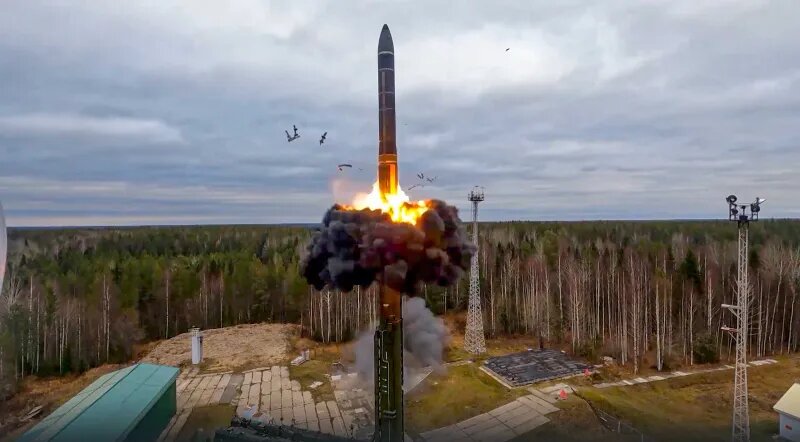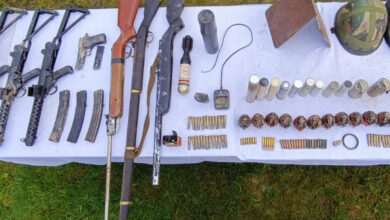India And Pakistan’s Nuclear Arsenal Expansion And Modernization Strategies

- The report also talks about how global military spending rose for the eighth year in a row in 2022, hitting an estimated $2,240 billion, the most ever recorded by Sipri.
- The Sipri study shows how the nuclear situation in the region is changing.
A new study from the Stockholm International Peace Research Institute (Sipri) shows that both India and Pakistan are building up their nuclear arsenals by adding new nuclear delivery systems and developing new ones until 2022.
The Sipri report makes it clear that India is shifting its attention from Pakistan to longer-range weapons, including ones that can hit areas across China. Pakistan is still the main target of India’s nuclear deterrence.
The study says that as of January 2023, India has 164 nuclear warheads and Pakistan has 170. “Warhead stockpile” refers to both deployed weapons and those that are stored centrally and are ready to be sent out.
Highly enriched uranium or separated plutonium are both types of fissile material that are used to make nuclear bombs. According to the Sipri report, “India and Israel have mostly made plutonium.”
One important finding in the Sipri report is that the number of operational nuclear weapons is growing. This shows that different countries are planning to modernize and grow their armies over the long run. India is one of eight countries that still have nuclear weapons. The others are the US, Russia, the UK, France, China, Pakistan, North Korea, and Israel. A number of these countries have also put in place new nuclear-armed or nuclear-capable weapons systems since 2022.
In January 2023, there were an estimated 12,512 warheads in the world. Of these, about 9,576 were in military stocks and could be used. This is 86 more than in January 2022. The Sipri study is interesting because it says that Russia and the US together have almost 90% of all nuclear weapons.
From 350 nuclear warheads in January 2022 to 410 in January 2023, China’s nuclear stockpile has grown, and more growth is expected.
The report also talks about how global military spending rose for the eighth year in a row in 2022, hitting an estimated $2,240 billion, the most ever recorded by Sipri. Along with countries like Saudi Arabia, Qatar, Australia, and China, which together made up 36 percent of all imports, India’s part of arms imports made up 11 percent of this cost.
The Sipri study shows how the nuclear situation in the region is changing. This has big effects on global security, as countries keep working to improve their military power.







Facebook Comments